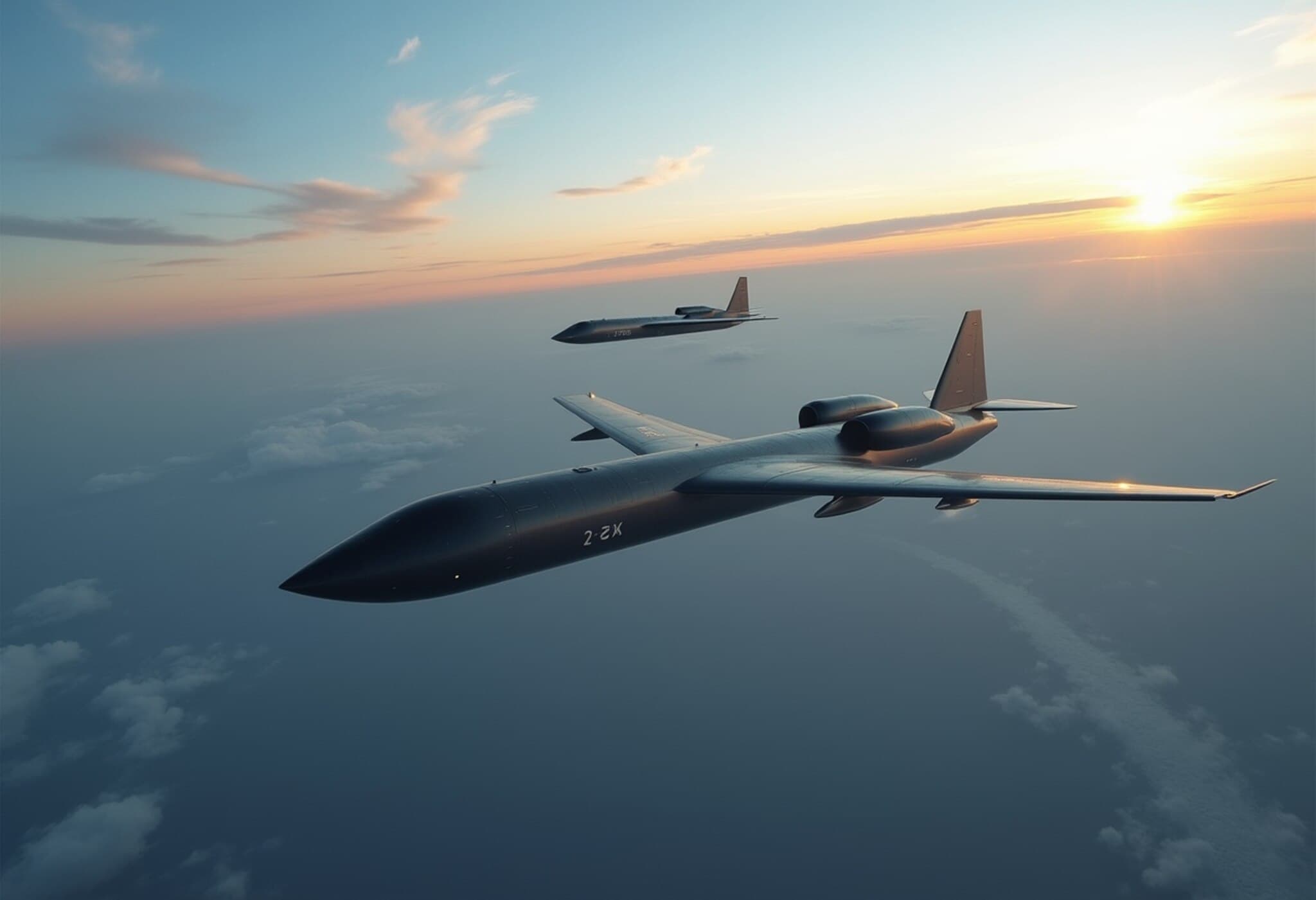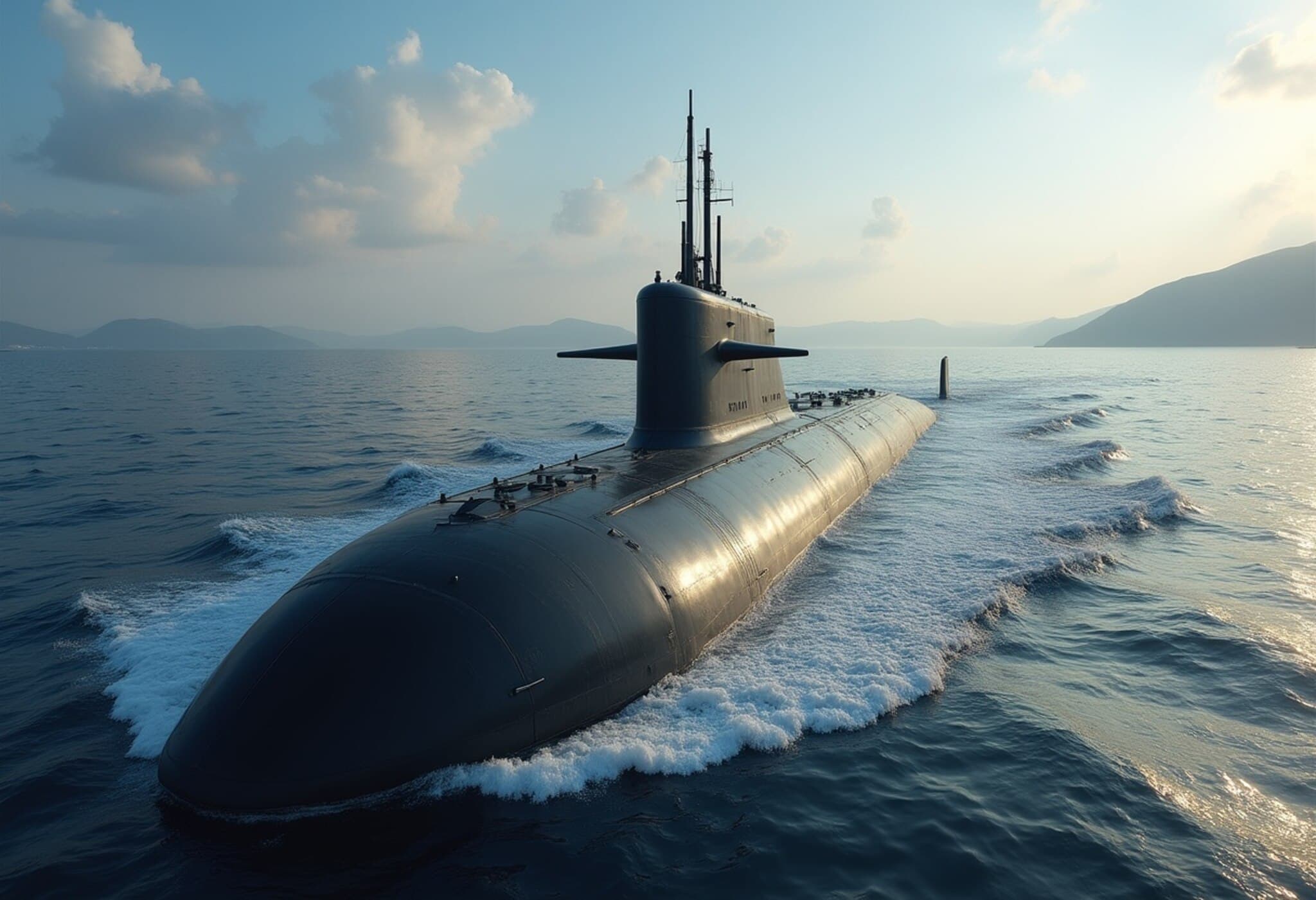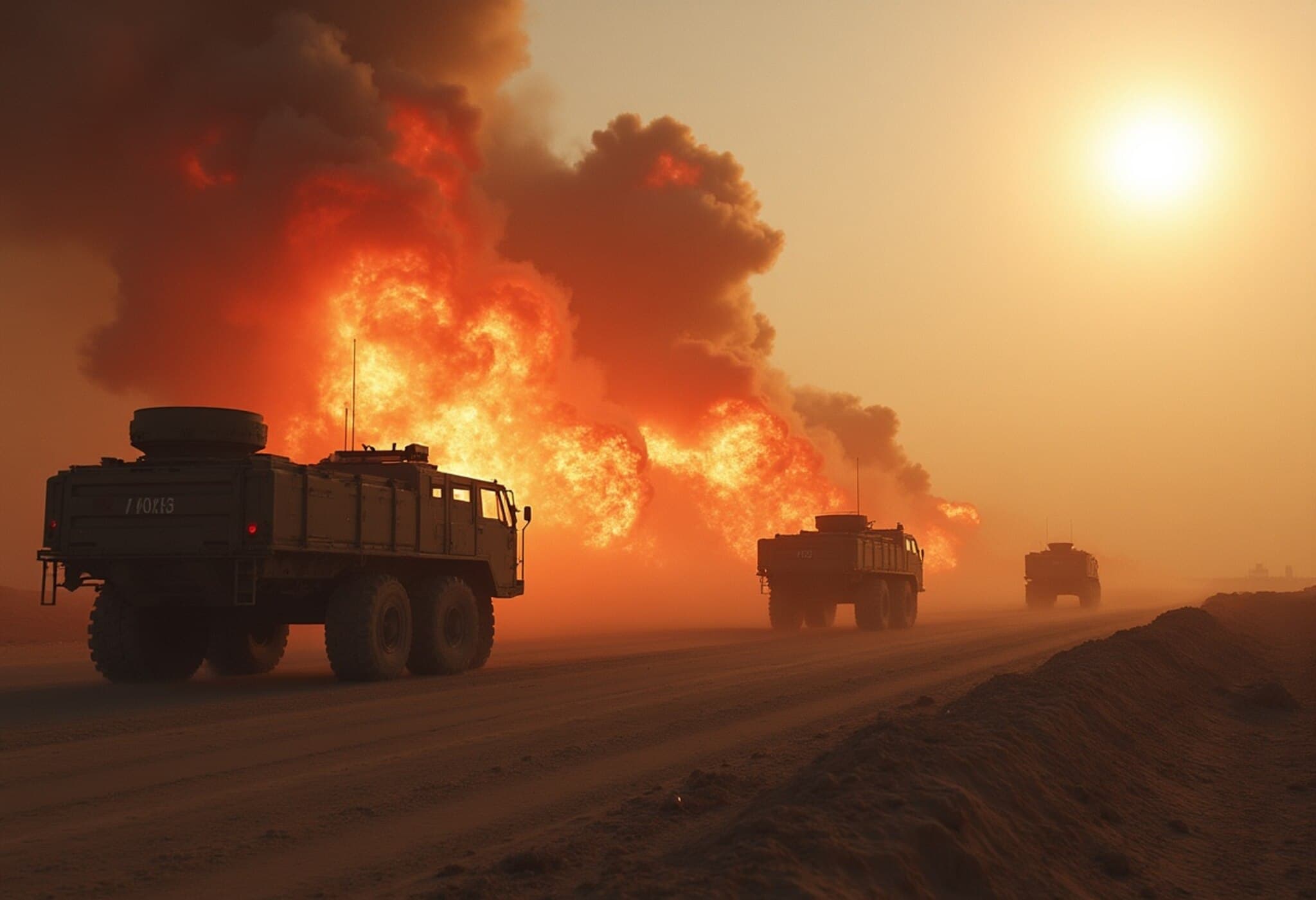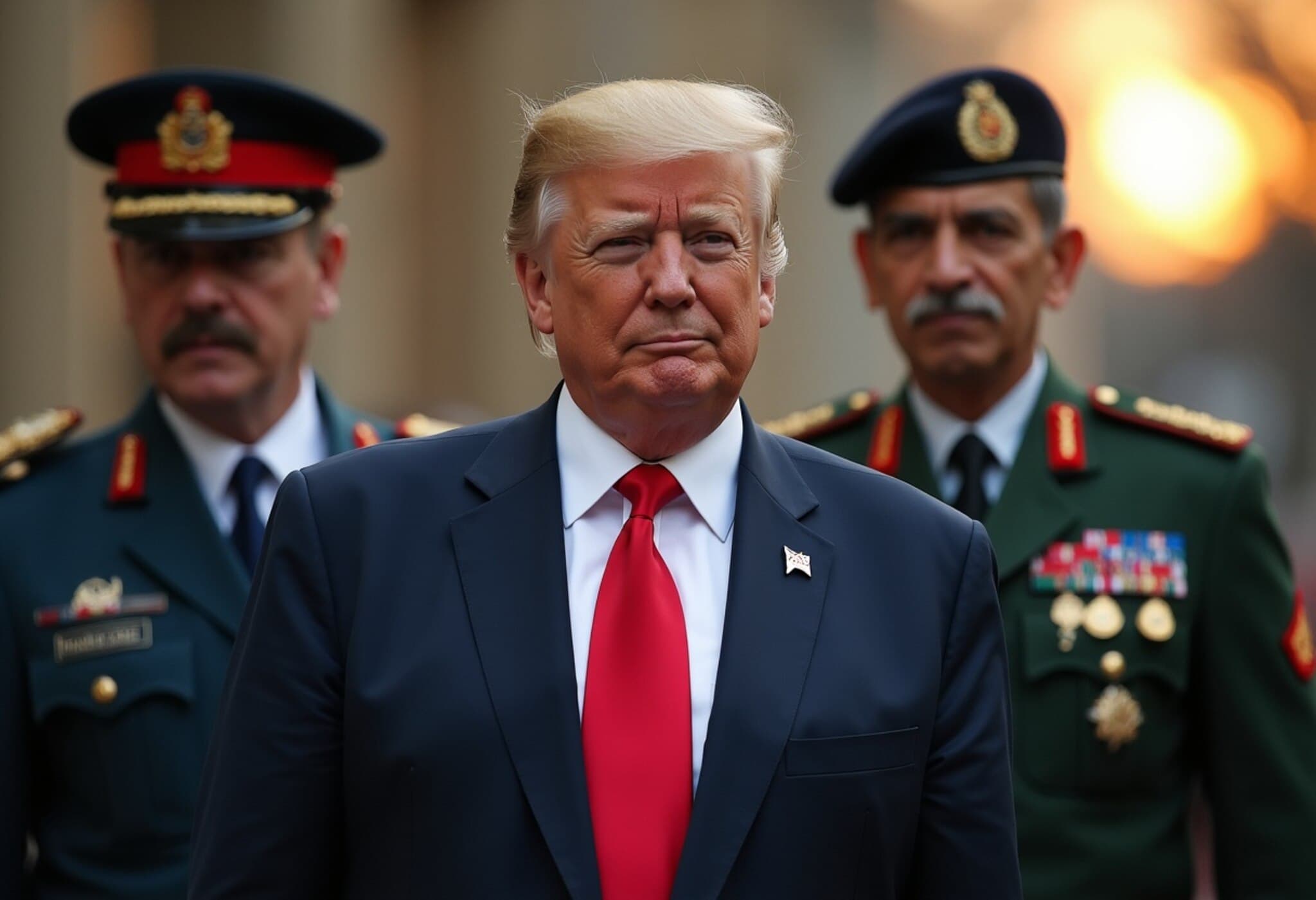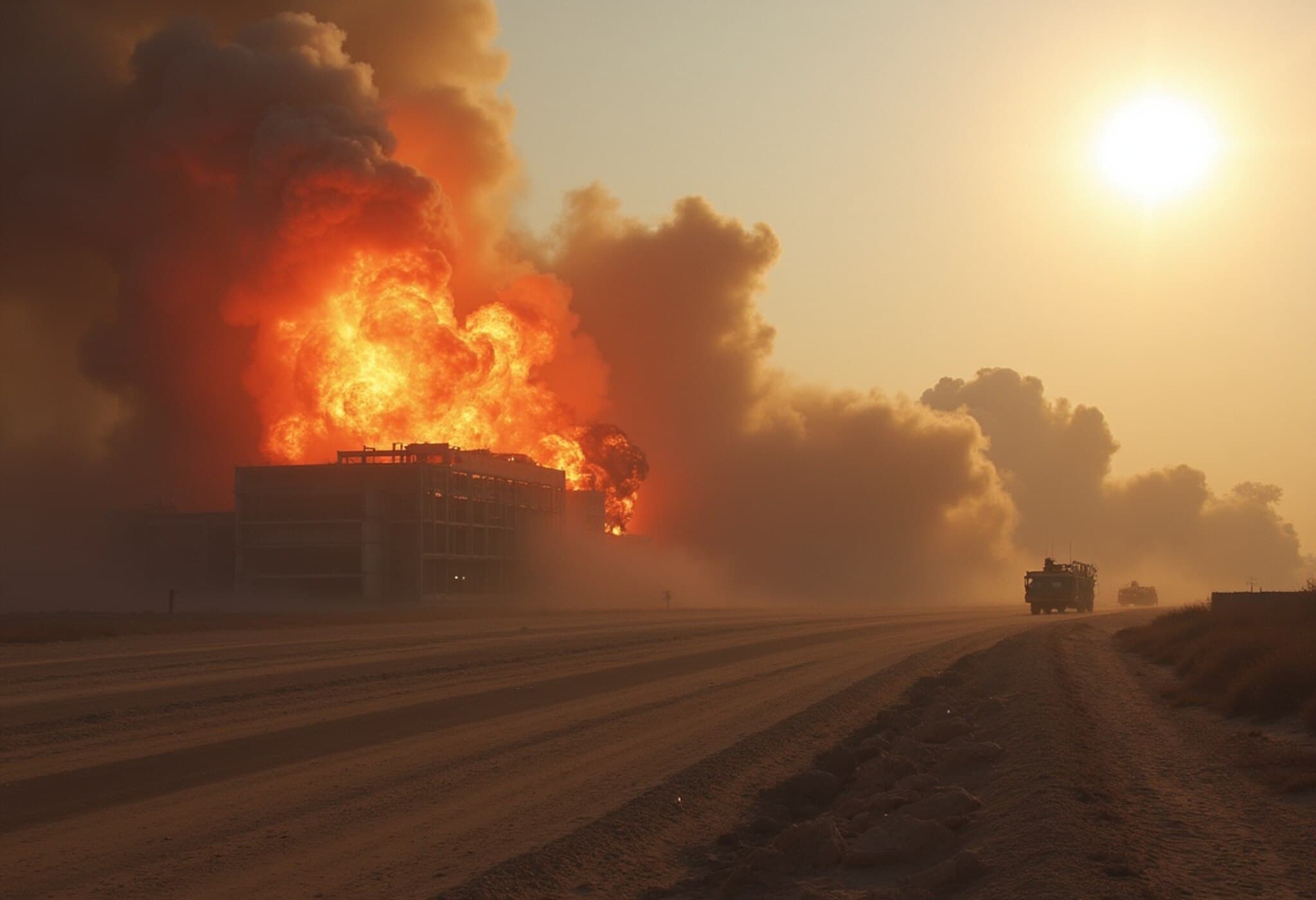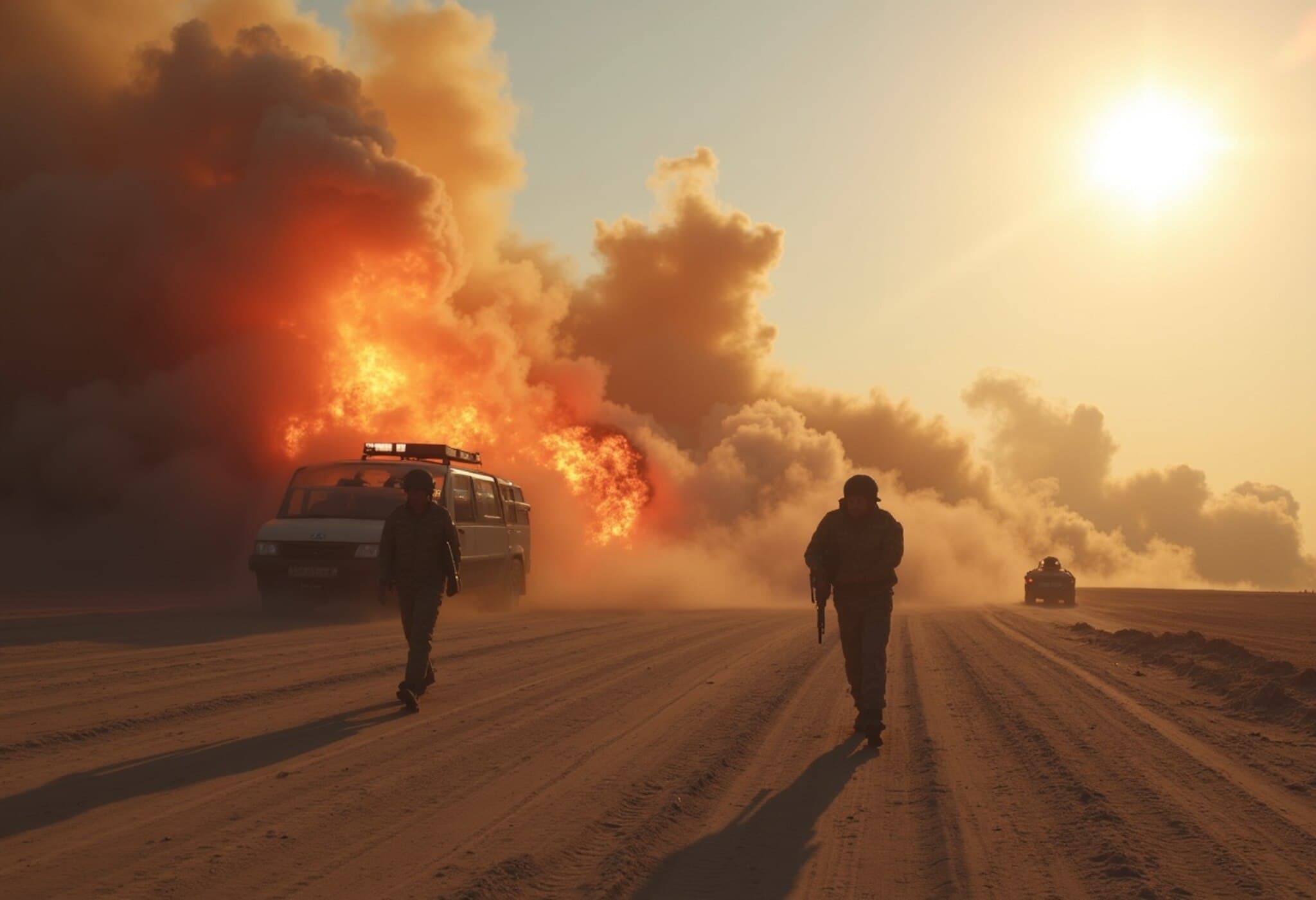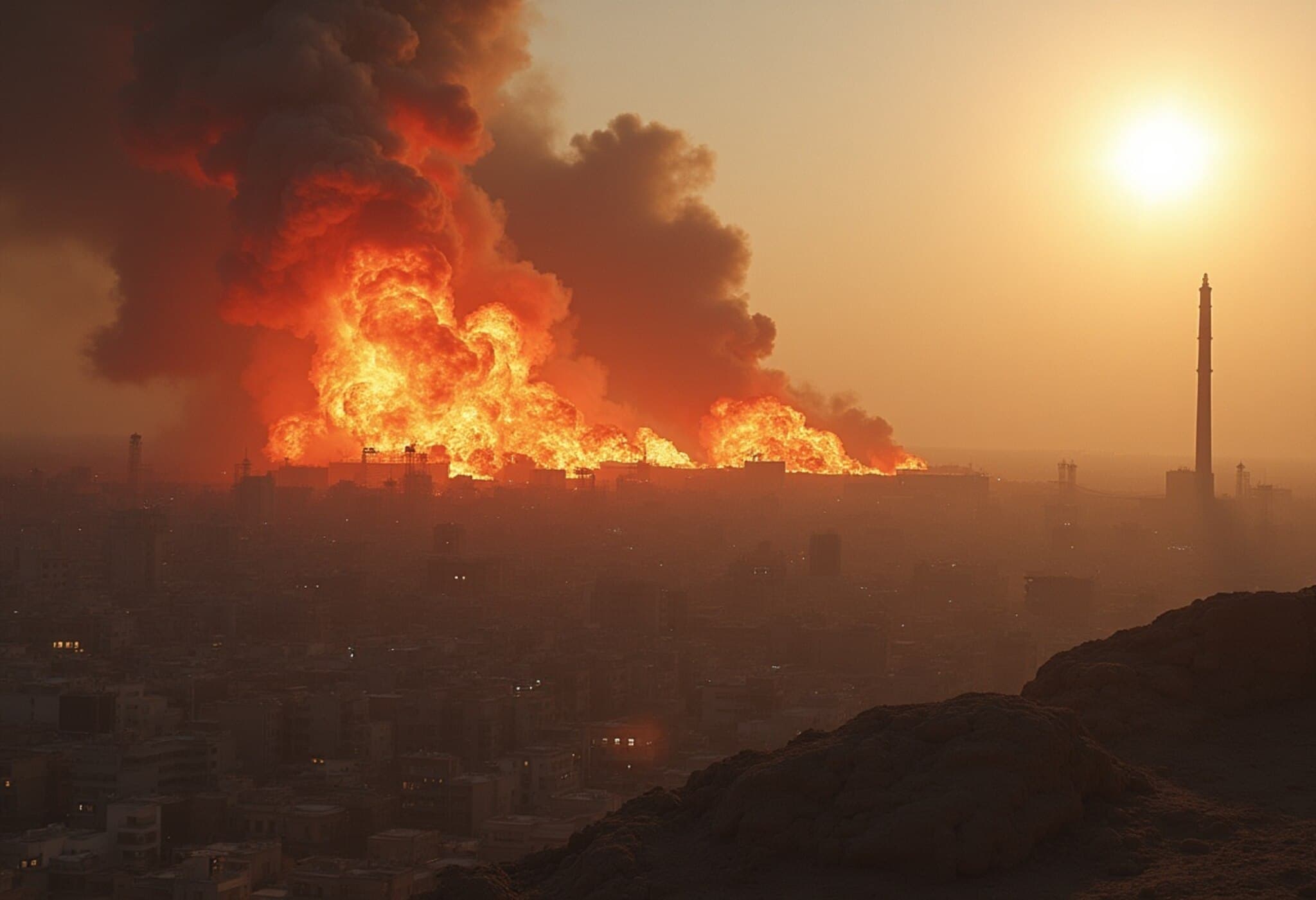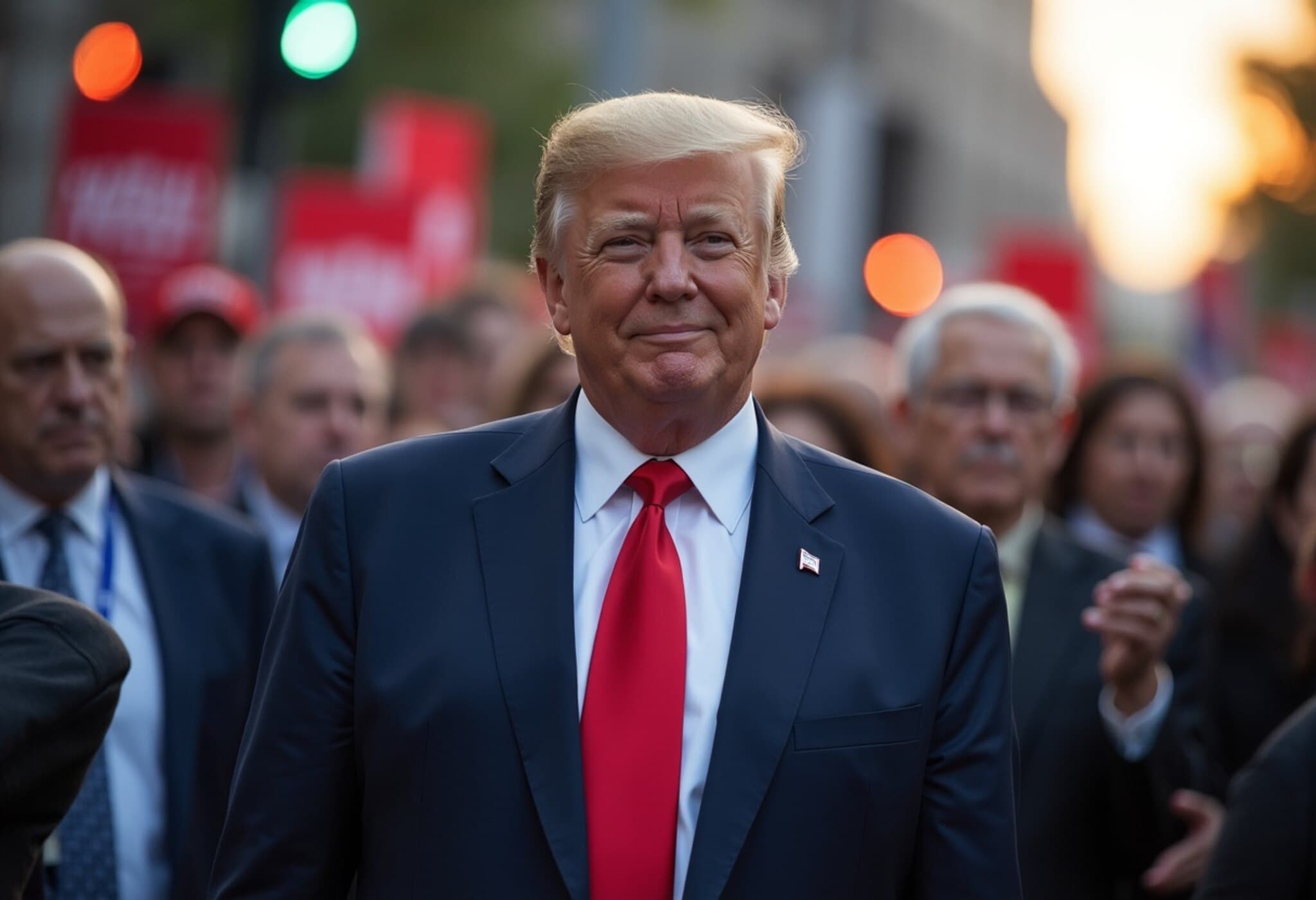US B-2 Bombers Take Flight Amid Growing Middle East Strain
In a significant development reflecting escalating tensions between the US, Israel, and Iran, multiple B-2 stealth bombers departed from Whiteman Air Force Base in Missouri late Friday night. The movement of these strategic assets comes as former President Donald Trump weighs military options against Iran, with a looming two-week deadline to decide on possible action alongside Israel.
Midair Refueling Fuels Speculation
Flight tracking data revealed that eight KC-135 Stratotanker aerial refueling aircraft took off from Altus, Oklahoma, on the same evening. Radar and air traffic control communications identified two groups of planes — using the callsigns MYTEE11 FLT and MYTEE21 FLT — being refueled midair over Kansas. Historically, the MYTEE callsign is linked with B-2 bomber operations, suggesting these were indeed stealth bombers en route from Missouri.
No Confirmed Orders for Military Action Yet
Despite the striking mobilization, a US defense official confirmed no formal green light has yet been given to launch strikes against Iran involving the B-2 bombers. Insiders caution that such movements can serve primarily as a deterrent or demonstration of strength rather than an immediate precursor to an attack.
Destination: Diego Garcia or Guam?
All eyes are now on the bombers’ trajectory. Should they head toward the remote Diego Garcia military base located in the Indian Ocean, it would mark a clear sign preparations for potential missions are underway. Surrounded entirely by ocean, Diego Garcia offers a strategic launch point with the advantage of proximity and security. Satellite images captured recently showed six KC-135 tankers stationed there, ready to refuel bombers for extended sorties.
Historically, the B-2 has operated from Diego Garcia on missions over Afghanistan and Iraq, underscoring the base's significance for long-range bomber deployments.
What This Means for Regional Stability
The deployment of America’s most advanced stealth bombers signals heightened alertness amid a volatile geopolitical landscape. Whether the move ultimately leads to offensive action or remains a show of military readiness, it highlights the delicate balance of deterrence and diplomacy currently shaping US foreign policy toward Iran and Israel.

